the next-generation light water reactor achieving the world's highest safety and economic efficiency
Mitsubishi Heavy Industries, Ltd.
Outline
Nuclear power is a carbon-free power source that can be supplied stably on a large scale and is an important energy from the viewpoint of decarbonization and energy security (self-sufficiency ratio) in Japan.
In response to the Fukushima Daiichi Nuclear Power Station accident, various safety measures have been significantly strengthened in the existing nuclear power plants, and the plants that have satisfied regulatory safety requirements are being restarted; however, it is expected that these re-starting plants will be shutdown due to the termination of the operation period in the near term of the future. In order to achieve the nuclear power generating ratio of 20-22% specified in the energy policy toward the 2030s, it is necessary to construct new nuclear power plants in Japan.
Most importantly, from the viewpoint of earning the public acceptance, we have already started to specify characteristics that would be required for the new reactors through discussions with experts and electric power companies at academic societies or associations. We have also started to develop the conceptual design and technology for the new nuclear power plant. We will contribute to realize net-zero society in the future by developing the next-generation light water reactor that not only achieve the world's highest level of safety and security, but also is attractive in terms of economic efficiency and operability.
Description
We will develop the next-generation light water reactor, which will achieve the world's highest level of safety and high economic efficiency, and contribute to realize a net-zero society in the future through nuclear technology.
Currently, nuclear power is the only carbon-free energy technology at the practical stage which can be supplied stably on a large scale. It is expected to continue to be an important base load power source. In addition, in response to natural disasters such as earthquakes and tsunamis, much superior resistance is secured compared to other power sources by steadily implementing the strict regulatory requirements and safety measures particular to nuclear power. In Japan, where energy resources are scarce, nuclear power is an important energy source from the viewpoint of energy security and it contributes to maintaining and improving the self-sufficiency rate of domestic energy and securing a stable supply capacity including emergency situations such as serious disaster.
In Japan, in response to the Great East Japan Earthquake, various safety measures have been significantly strengthened in the existing nuclear power plants and the plants that have achieved these regulatory safety requirements are being restarted. Conversely, the recovery of public confidence in nuclear power is the most important issue. In order to recover public confidence, it is important for the next-generation light-water reactors to establish plant concepts that will realize the world's highest level of safety and security and ultimately be widely accepted by the public. We would propose attractive plants from the viewpoint of social acceptability by improving economic efficiency and operability in anticipation of future power structure changes and diversification of energy use. It is expected that liberalization of the electric power market, decentralization, introduction of large amounts of variable renewable energies, and by developing rational designs that consider to address radioactive waste concerns or to realize the entire nuclear fuel cycle.
With regard to safety, from the viewpoint of further enhancing compliance with new regulatory standards established in Japan based on the lessons learned from the accident at the Fukushima Daiichi Nuclear Power Station, the below focus areas will help ensure MHI’s efforts achieve compliance expectations:
1) Strengthen safety functions (multiplicity and diversity) based on the principle of "stop, cool, or confine" without fail in the event of an accident;
2) Strengthening measures against natural disasters (external hazard) such as earthquakes, tsunamis, fires, and tornadoes; and
3) Strengthening security against terrorism/cyber terrorism and intentional aircraft collisions.
In addition to achieving the world's highest level of safety by incorporating such measures from the design stage, MHI will also work to ensure the safety of local governments and residents through the inclusion of new regulatory standards and new technological development. These efforts will include necessary measures to improve the reliability of equipment to prevent accidents, prevent the release of large amounts of radioactive materials to the external environment, and minimizing the impact on the surrounding residents in the event of an accident.
In terms of economy and operability, a plant that can stably supply inexpensive electricity to society in the future will be realized by improving the operability and maintainability, increasing the efficiency, and reducing the operation and construction costs. Furthermore, through the implementation of a load following operational approach, this will allow for an improvement in adapting to electricity generation output fluctuation of variable renewable energy, design optimization by digital transformation (DX) utilizing the latest ICT/digital technology, and the introduction of an operation support system.
In order to realize the energy mix (20-22% of nuclear power generation) and decarbonization targets set out in the Basic Energy Plan, it is expected that Japan will need to build new nuclear power plants as early as the 2030s. In addition, in the nuclear power industry, where the maintaining of industrial and technological skills and abilities is an issue, it is important to contribute not only to the transfer of technology as a manufacturer but also to the development of human resources who will lead the future. By doing this, it will naturally lead to the enhancement and maintainability of the supply chain through efforts toward the establishment of a new nuclear power plant. At present, in our company and from the viewpoint of social acceptability, the necessary requirements for the new reactors are being materialized through discussions with experts and electric power companies at academic societies and other forums, and conceptual design and technological development have been started. In the future, the Government will continue to promote efforts to realize next-generation nuclear power plants and restore public confidence in nuclear power through industry-academia cooperation.
Partner(s)
Development through industry-academia collaboration, including domestic electric power companies, universities, and academic associations
Other Innovation Challenges
Commercialization of “carbon neutral” and “carbon negative” by implementing carbon capture technology
Mitsubishi Heavy Industries, Ltd.
Decarbonization technology of Waste to Energy Facilities
Mitsubishi Heavy Industries, Ltd.
Dissemination of Low-Carbon Stable Energy Infrastructure Based on IGCC Technology
Mitsubishi Heavy Industries, Ltd.
High-Temperature Gas-cooled Reactor co-generation for hydrogen production
Mitsubishi Heavy Industries, Ltd.
Promotion of centrifugal chillers using low-GWP refrigerant across full capacity range
Mitsubishi Heavy Industries, Ltd.
QoEnTM approach – A Quantitative Index to suggest the direction toward High-quality Energy Infrastructure
Mitsubishi Heavy Industries, Ltd.
SMR Development for Small Grit Power Reactors and Mobile Reactors
Mitsubishi Heavy Industries, Ltd.
Triple hybrid stand–alone power generation system
Mitsubishi Heavy Industries, Ltd.
World's most efficient large GTCC power plant
Mitsubishi Heavy Industries, Ltd.
Similar Innovation Challenges
Achieving net zero carbon emissions from paint finishing processes
Taikisha Ltd.
Activities for reducing GHG of business operations in Nissin Electric Group
Nissin Electric Co., Ltd.



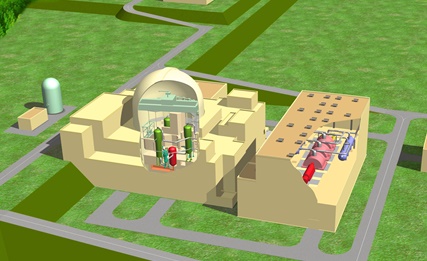
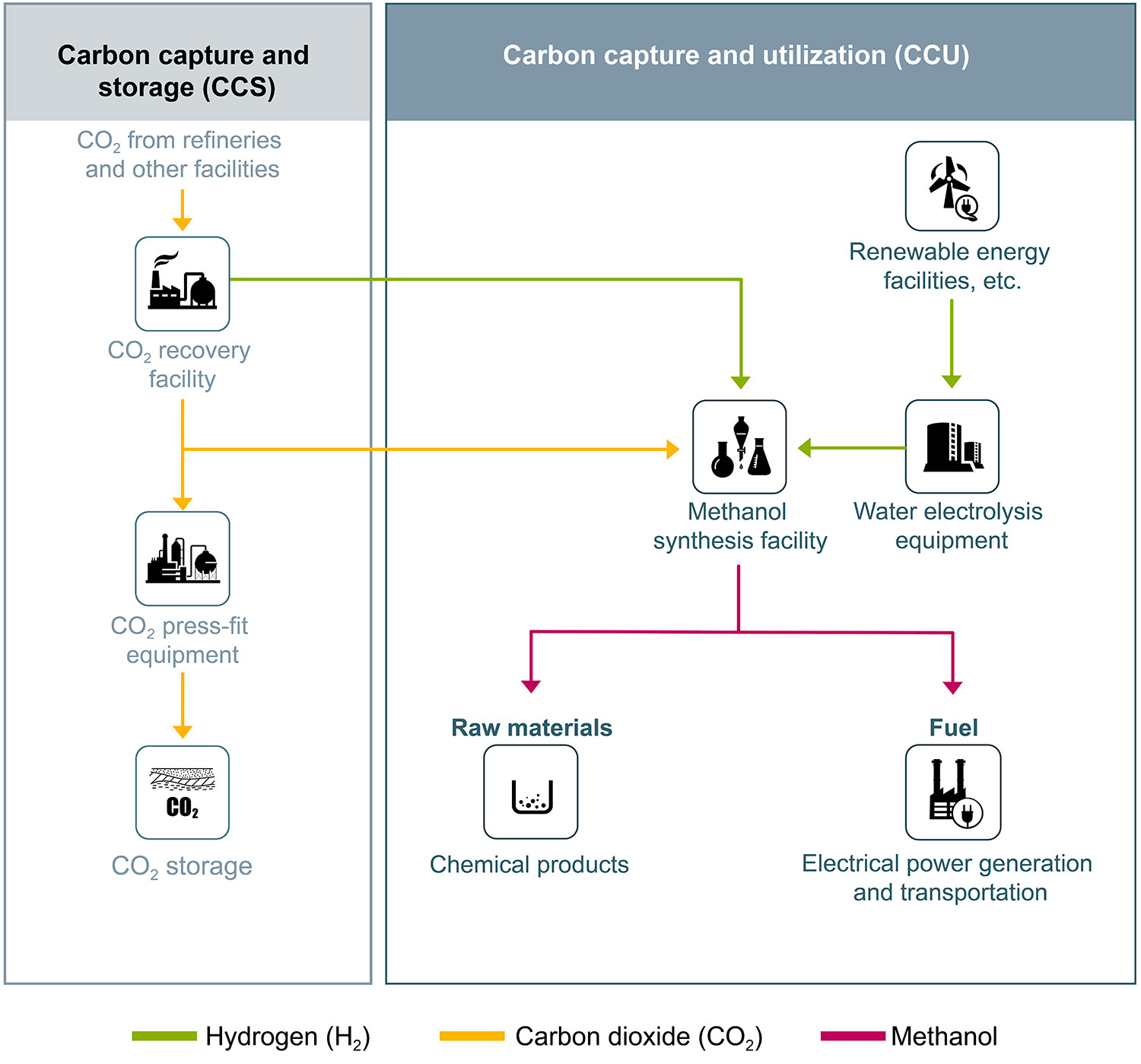
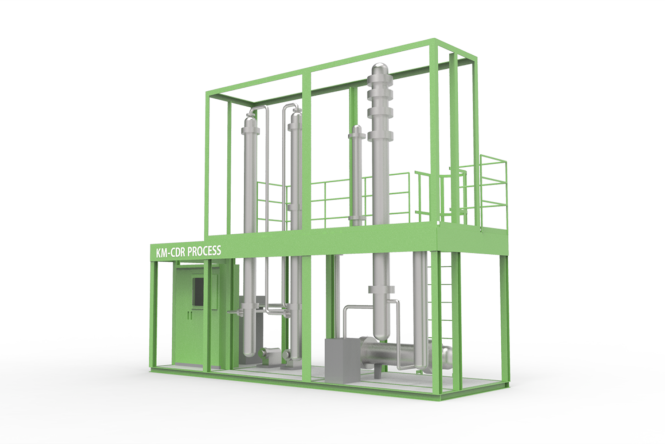

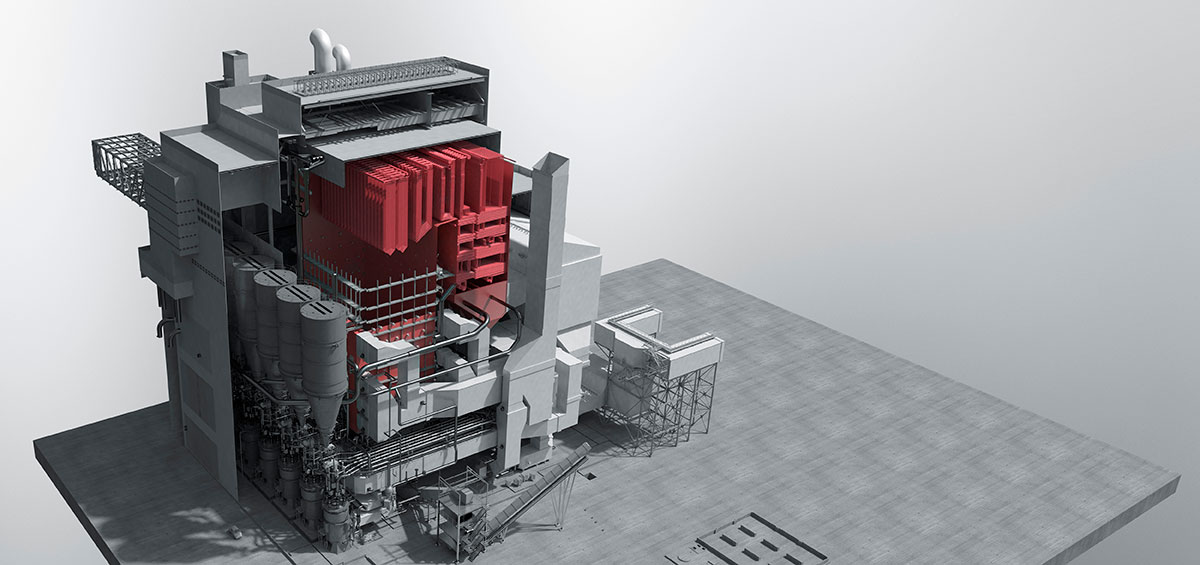
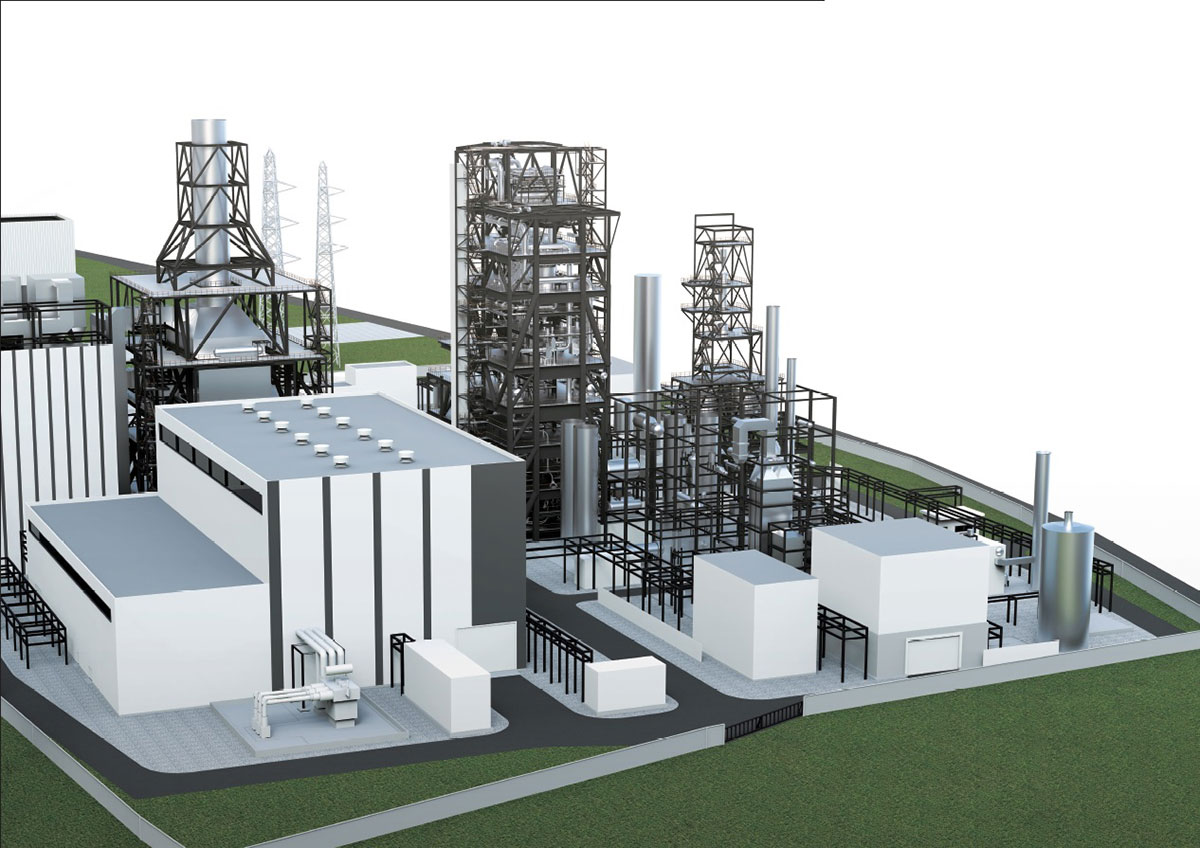

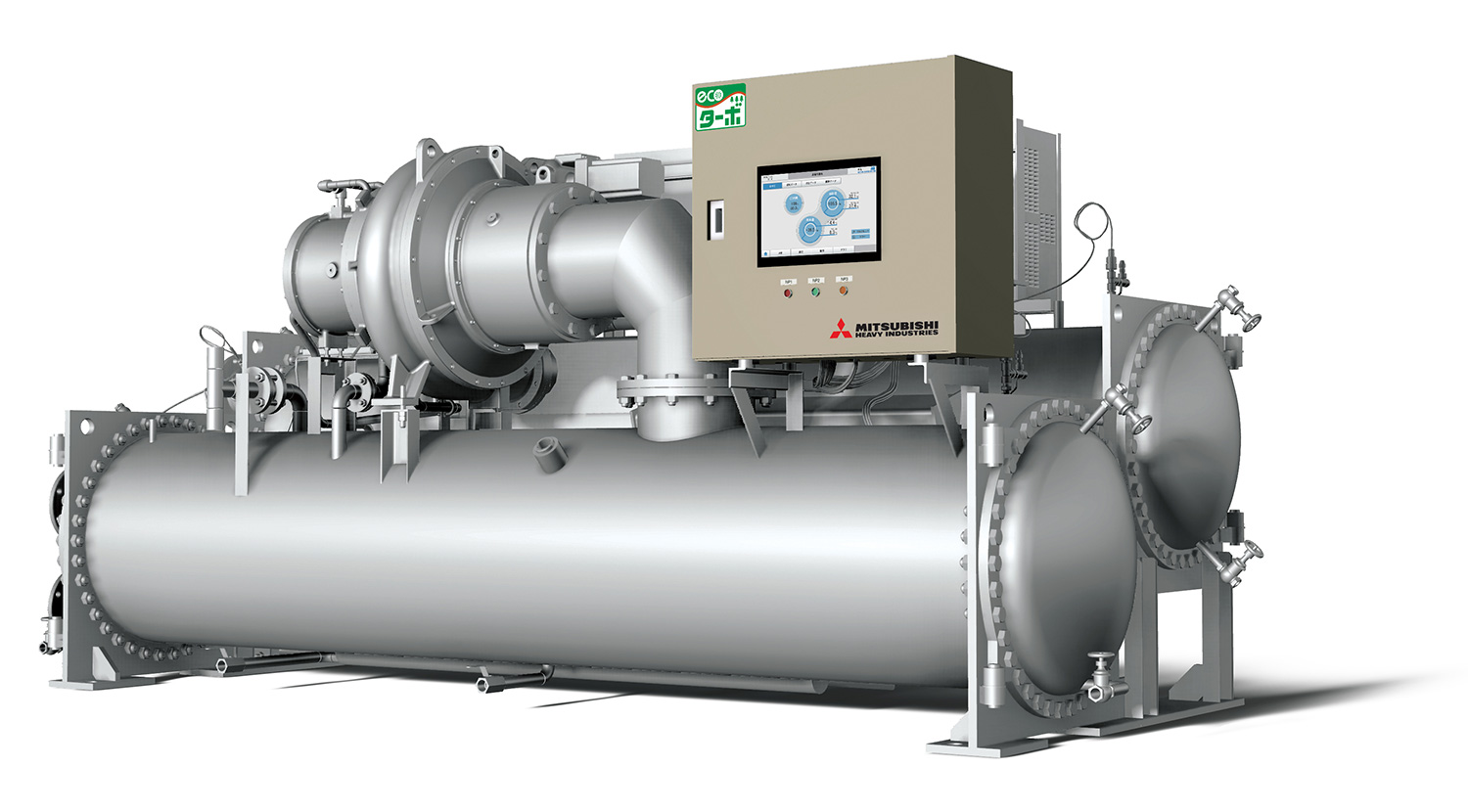
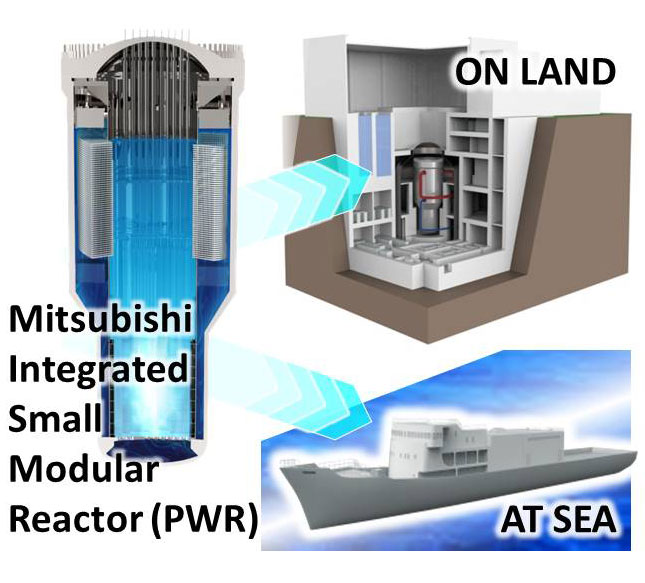
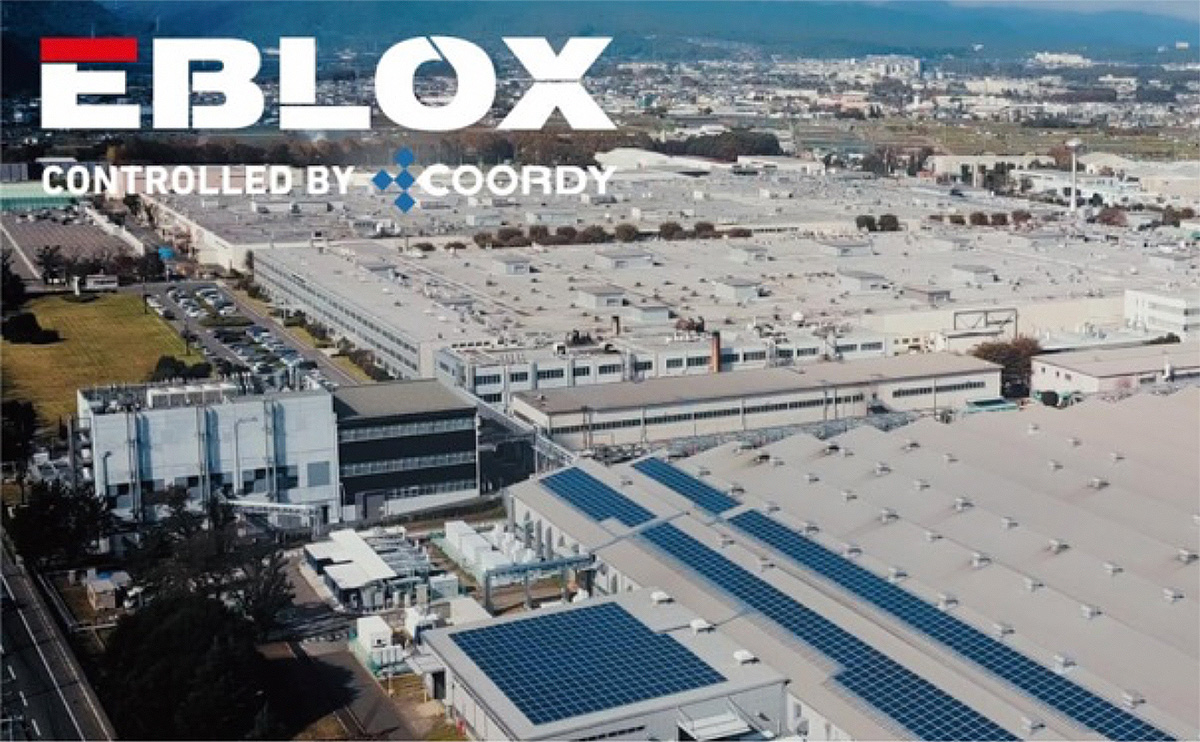
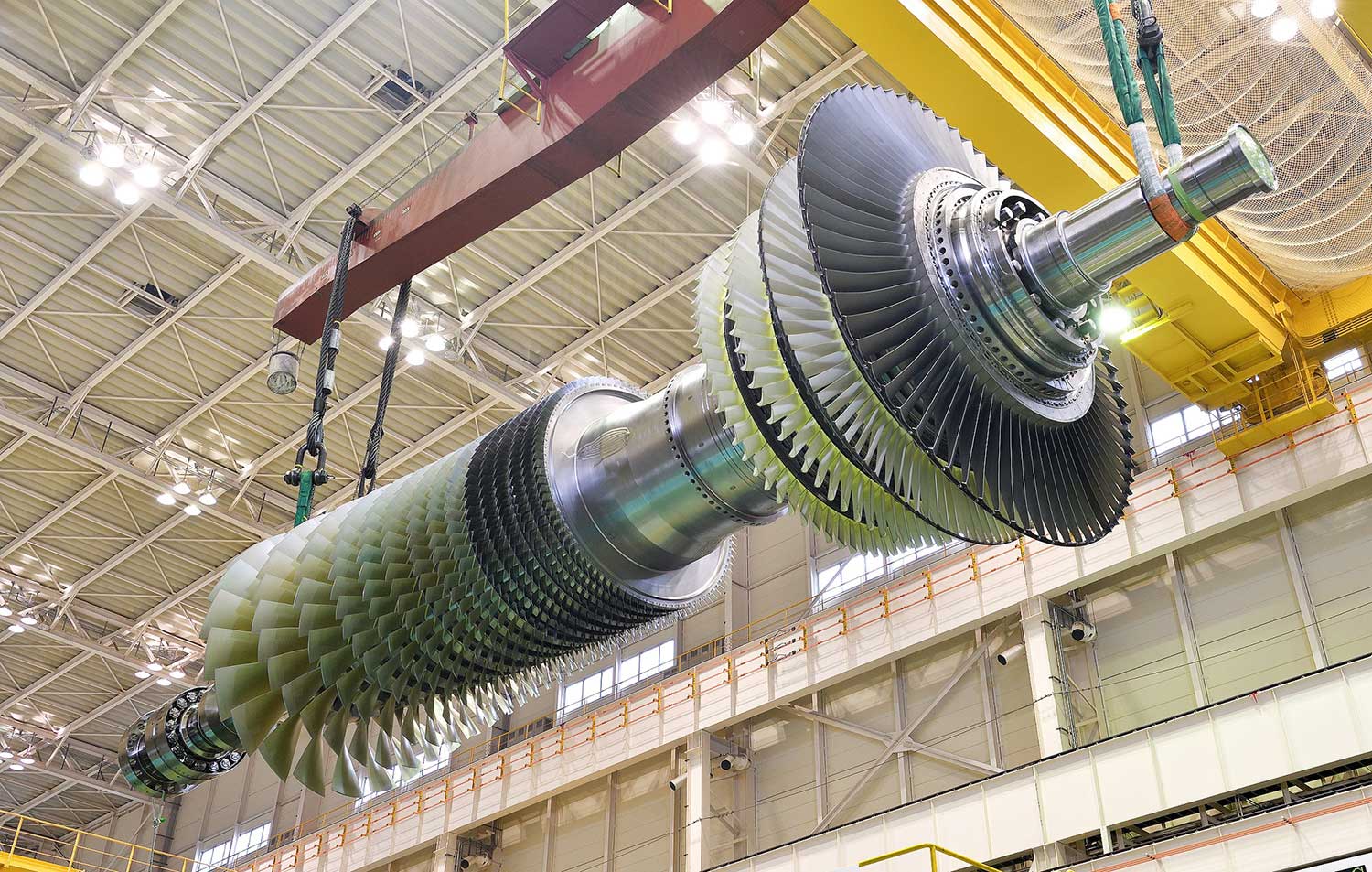
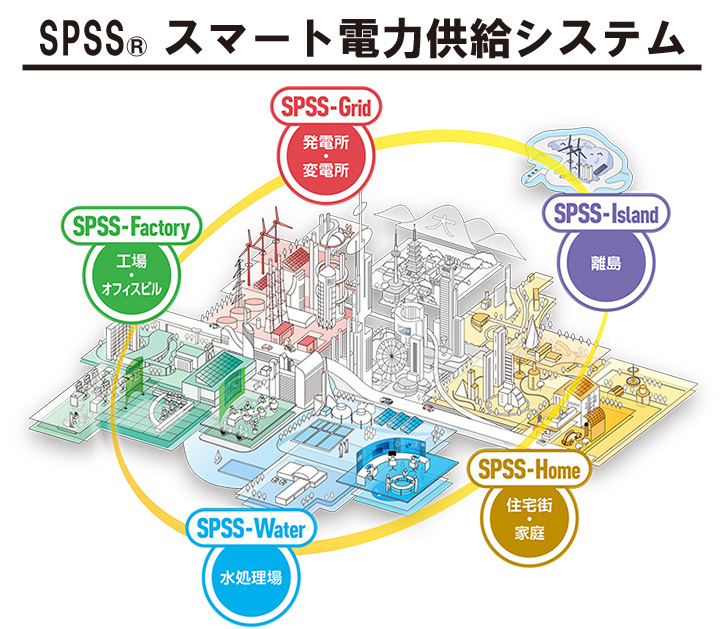
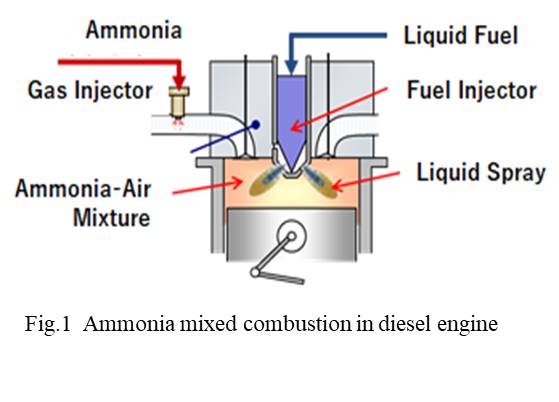
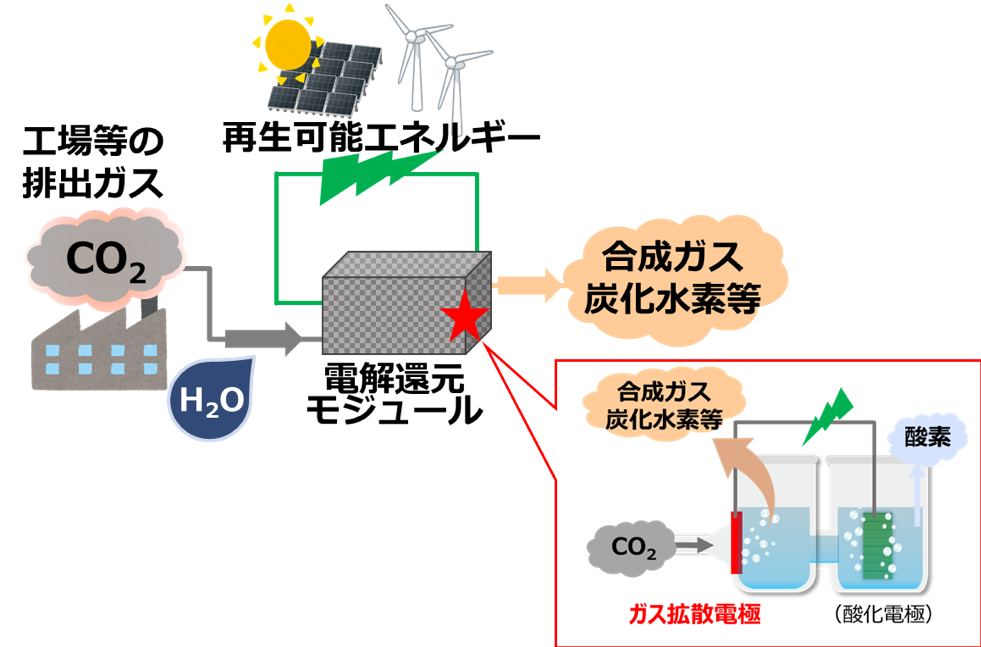
-1人工光合成技術.jpg?id=2&tid=759&imageNumber=1)